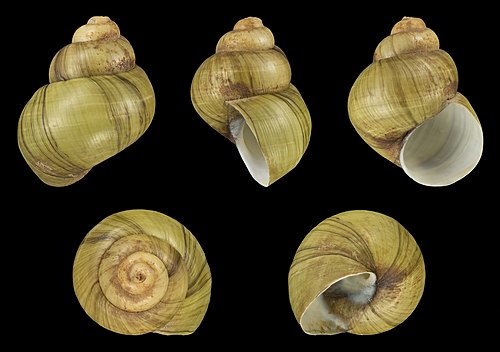User:KittyKat1001001
Hi!
I am working on making this page look better. Please bear with me as I'm new to Wikipedia code.
My name is Kathleen (I am not giving out my last name to anyone online). I am a Sophomore in an all-girl's high school somewhere in the USA. I strive to do well in my studies at school and so usually maintain A grades. I love to be involved in many things including politics, reading, writing, and playing an instrument.
As you might be able to tell I have just recently returned to (more like joined) Wikipedia. I can be a bit excessive on correcting grammar and spelling mistakes. I am interested in (and have just signed up for) the Twilight task force as I am a major fan of the series. I love the books (most especially New Moon) and I am looking forward to helping those pages. I am also a bit interested in helping erase vandalism and the like from existing pages. I will be looking into that and other options here at Wikipedia.
In general I love to read. The Twilight series is my favorite set of books with the Wheel of Time series and Harry Potter series not too far behind it. I will read almost anything though as long as it's appropriate (I hate stuff that isn't--it's annoying to me) but I will be most willing to read fiction particularly fantasy and some sci-fi.
I do several activities at my school, the main one other than the several clubs I participate in being my school's orchestra. I play clarinet at about an intermediate level considering I haven't had personal lessons (yet) and that I am in high school (and also tend to neglect practicing).
My Userboxes
|

